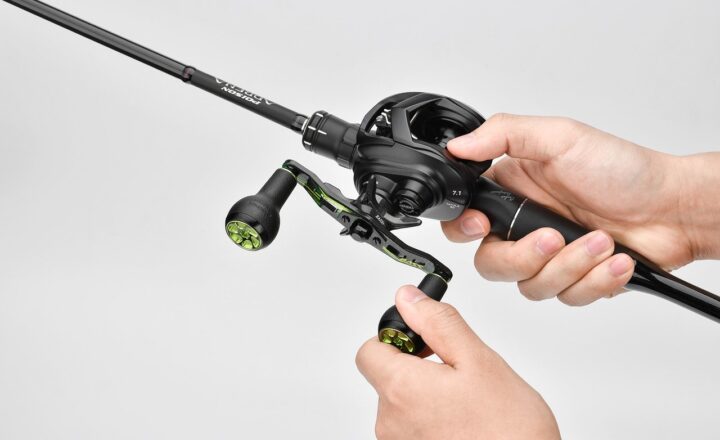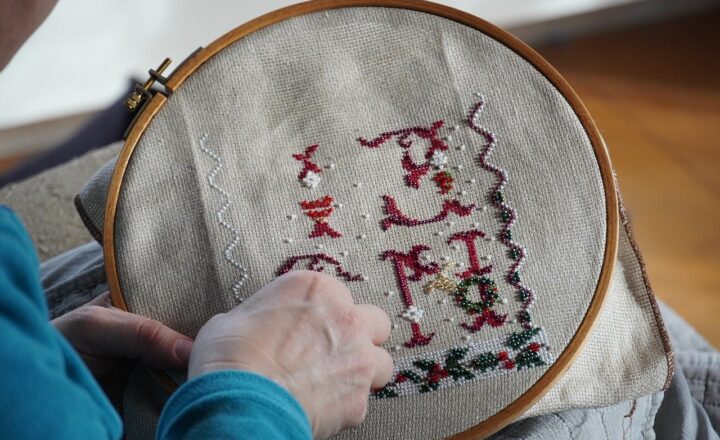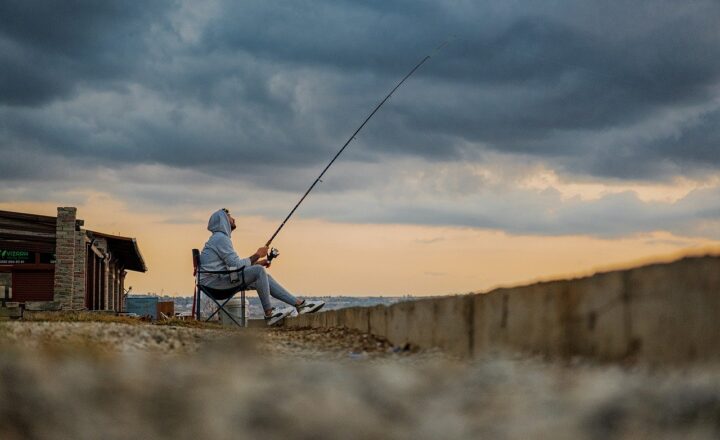The Hidden World of Fly Tying: How Intricate Patterns Attract Different Fish
November 11, 2024

Fly tying is a fascinating art that combines creativity, skill, and a deep understanding of aquatic ecosystems. It serves as the backbone for a successful fly fishing experience, allowing anglers to create their own flies that resemble the insects, baitfish, and other creatures that fish naturally feed on. In this article, we will uncover the intricacies of fly tying, delve into the materials used, and explore different patterns that attract specific species of fish.
1. The Basics of Fly Tying
Before diving into the specific patterns and their attractiveness to different fish, it’s essential to familiarize ourselves with the basic concepts of fly tying. At its core, fly tying involves manipulating materials—traditionally feathers, fur, and synthetic strands—around a hook to create a fly that mimics the appearance and movement of a prey item.
The fly must not only look realistic, but it also needs to be functional, often designed to float on the water’s surface or sink to the appropriate depth even as it is being cast and retrieved. Therefore, every aspect of the fly, from the weight of the materials used to the shape and color of the fly itself, plays an important role in its success.
2. Essential Tools and Materials for Fly Tying
To begin fly tying, you will need a few essential tools and materials:
- Vice: A solid vice holds the hook securely in place, allowing you to work on it efficiently.
- Thread: A strong, durable thread is essential for wrapping materials to the hook and creating the body of the fly.
- Bobbin Holder: This tool allows you to control and manage the thread while you tie your flies.
- Scissors: Sharp scissors are necessary for trimming materials with precision.
- Bodkin: A fine needle used for applying adhesives or splitting thread and materials.
- Materials: Feathers (like marabou, rooster hackle), fur (like rabbit or deer), and synthetic materials (like foam, flash, or tinsel) for creating the body and tail of the fly.
Having these tools at your disposal will help ensure that your fly tying process is more efficient and enjoyable.
3. Understanding Fish Behavior and Diet
Knowing what fish feed on at different times of the year and their feeding habits is paramount for creating effective flies. Fish diets are diverse, and can include:
- Insects: Mayflies, caddisflies, and stoneflies are some common bugs that fish like trout feed on.
- Baitfish: Small minnows or other juvenile fish serve as an important food source for predatory fish like bass and pike.
- Crustaceans: Freshwater shrimp or crabs are often targeted by fish living in brackish waters or coastal areas.
- Frogs and Worms: These are essential sources of food for larger species like catfish and bass.
Therefore, understanding which species of fish you aim to catch will help dictate the materials and patterns you use in your fly tying endeavors.
4. Popular Fly Patterns and Their Target Fish
Different fly patterns are designed to mimic specific species of prey. Here are some popular fly patterns and the types of fish they attract:
- Adams Dry Fly: Ideal for imitating a variety of mayflies, the Adams dry fly is a go-to pattern for catching trout, especially during hatches. Its neutral colors allow it to blend into many environments, making it versatile and effective.
- Woolly Bugger: This streamer is perfect for attracting largemouth bass, trout, and even pike. Its movement in the water, resembling a baitfish, triggers predatory instincts in species drawn to larger prey.
- Pheasant Tail Nymph: This effective nymph mimics the natural movement of insects and is primarily used for trout fishing in both still and flowing waters.
- Clouser Minnow: A beloved pattern for saltwater fishing, especially for striped bass, the Clouser minnow mimics baitfish effectively and can be fished at various depths thanks to its weighted design.
- Beadhead Prince Nymph: This flashy nymph pattern attracts trout and panfish by imitating aquatic insects in their larval stage. The beadhead provides additional weight to get the fly down quickly when fishing deeper waters.
Each fly pattern has specific techniques for tying it, allowing you to vary its appeal based on the fish you are targeting.
5. Tips for Successful Fly Tying
To elevate your fly tying skills and enhance your success rate on the water, consider the following tips:
- Research and Practice: Spend time learning about different fishing environments and the fish species within them. Practice tying various patterns until you achieve the desired results.
- Invest in Quality Materials: Using high-quality materials not only improves the appearance of your flies but can make a significant difference in their effectiveness.
- Stay Organized: Keep your materials tidy and well-organized to make the tying process smoother. A clutter-free workspace enhances focus and creativity.
- Experiment with Modifications: Feel free to adapt existing patterns to suit your preferences or local conditions. This experimentation can reveal unique variations that may work better in your fishing locale.
- Embrace the Learning Curve: Fly tying is an art that requires patience and persistence. Embrace the learning process and enjoy the journey to becoming a skilled tier.
Staying dedicated and open to experimentation will help you evolve as a fly tyer while enhancing the efficiency and enjoyment of your fishing experiences.
Conclusion
The world of fly tying is not just a means to an end—it’s a fulfilling craft that empowers anglers to create a connection with the aquatic environment. By understanding the different intricacies, materials, and patterns, you set yourself up for a successful fishing experience.
Whether you’re an experienced fly tyer or a beginner, the journey into the specific designs that attract different species of fish is endless. As you discover new skills, materials, and fishing conditions, you’ll find the joy of creating intricate patterns and harvesting the fruits of your labor on the water. Dive into the world of fly tying and experience the satisfaction of crafting your own lures that reel in the big catch.






